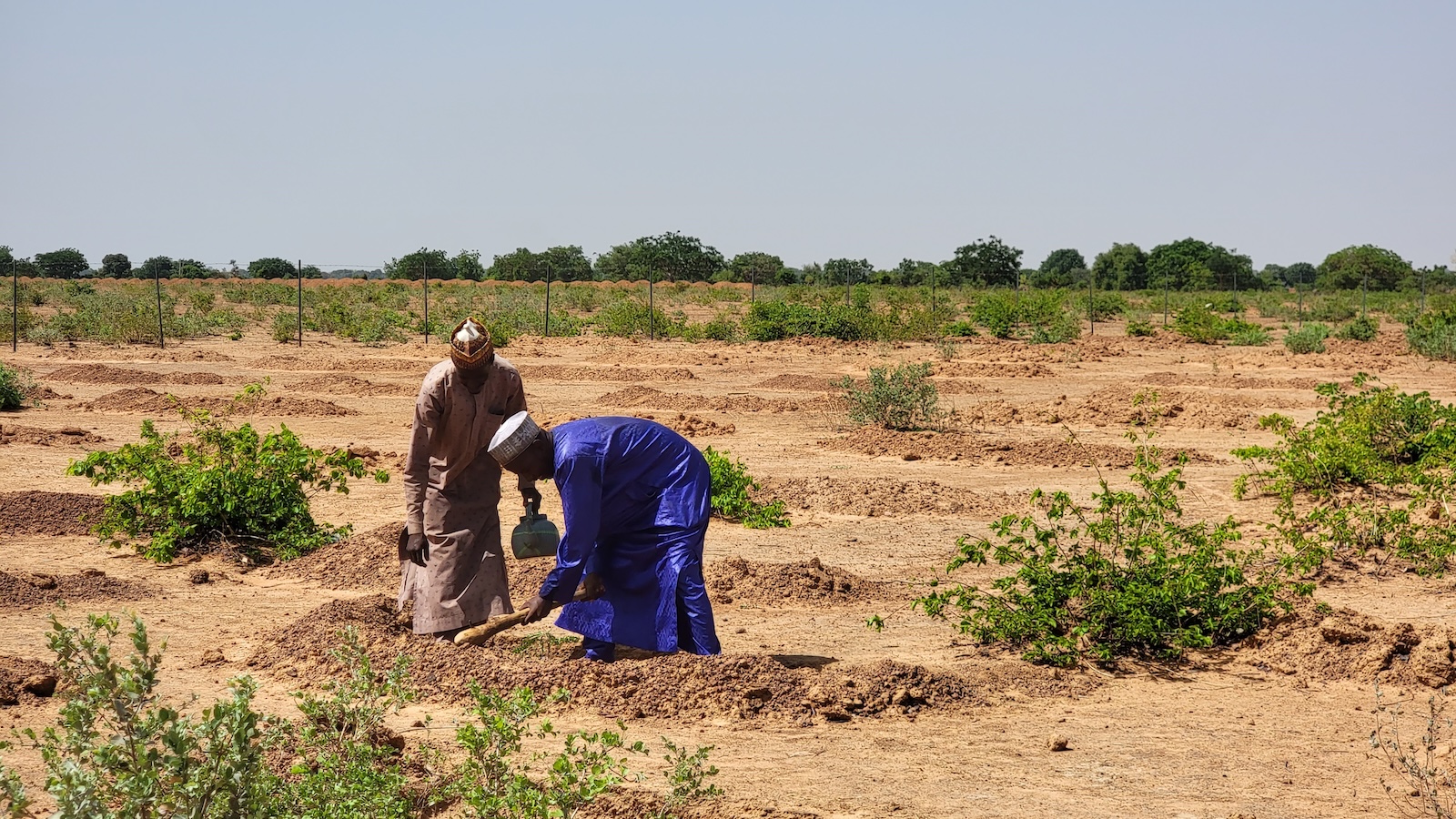World
Did researchers just discover the world’s largest coral off Bali? – Oceanographic

In early December 2024, a team of young Indonesian marine biologists from Ocean Gardener, after receiving training from the Italian University of Milano Bicocca’s Map the Giants programme, located and measured what could be the biggest coral colony in the world in Nusa Penida off Bali in Indonesia.
The news comes after a large coral colony, back then believed to be the world’s largest coral, was discovered in the southwest Pacific, in the Three Sisters island group. The ‘mega coral’ measures 34 metres wide, 32 metres long, and 5.5 metres high and has a circumference of 183 metres.
The newest contender for the title of the world’s largest coral is a colony of Galaxea astreata coral which was recently measured on the north coast of Nusa Penida, off Bali, in a popular diving spot. The colony measures 58 metres wide, 71 metres long, 10 metres high, and covers an area of over 4,000 square metres.
“This discovery has the potential to set a new world record. However, further testing is needed to confirm its status among the world’s giant coral colonies,” Ocean Gardener research and science coordinator Manikmayang explained.
Vincent Chalias, founder of Ocean Gardener, said in an interview with Oceanographic Magazine: “We knew about this coral colony for many years, but it’s only recently that it became mainstream. We partnered with the Map the Giants programme around two months ago to measure the colony and determine that it was, in fact, a single organism. We want to record the colony to put it on the Map the Giants database and, ultimately, get it protected.”
Map the Giants is a project brought to life by Milano Bicocca University and represents a tool for tracing the past and modelling future responses to coral conservation. The project seeks to locate, measure and research giant corals, those larger than 5 metres in any of their lengths, and adding them onto a global map to advance multidisciplinary protection measures.
Chalias explained that to measure the coral a large group of 11 divers was needed: “We had wanted to measure the coral for a good few months but it took a good weather window and a four-week coral restoration course with nine students to make it happen.”










